Home>Furniture & Design>Bathroom Accessories>How Long Can A Bathroom Exhaust Fan Duct Be
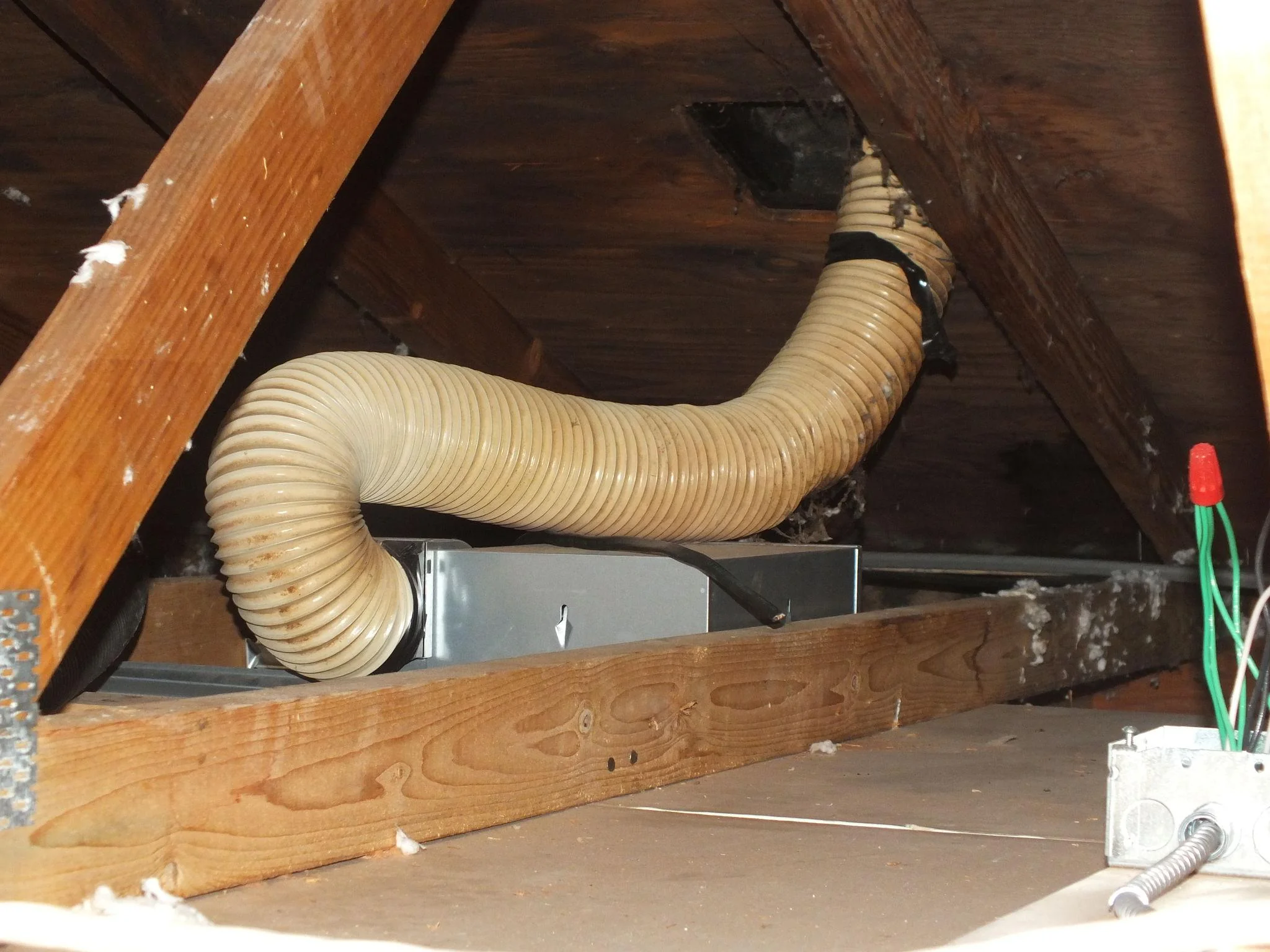

Bathroom Accessories
How Long Can A Bathroom Exhaust Fan Duct Be
Published: February 10, 2024
Learn about the ideal length for a bathroom exhaust fan duct and how it impacts ventilation and air quality. Find out more about bathroom accessories and ventilation solutions.
(Many of the links in this article redirect to a specific reviewed product. Your purchase of these products through affiliate links helps to generate commission for Storables.com, at no extra cost. Learn more)
Introduction
When it comes to maintaining a comfortable and healthy bathroom environment, the exhaust fan plays a crucial role. By effectively removing excess moisture, odors, and airborne impurities, it helps prevent mold growth, maintain air quality, and preserve the integrity of bathroom fixtures. However, the efficiency of an exhaust fan is heavily influenced by the length of its duct. The duct serves as the pathway for expelling the moist air and pollutants outside the home, and its length can significantly impact the fan's performance.
The question of how long a bathroom exhaust fan duct can be is a common concern among homeowners and builders. Understanding the factors that influence duct length, the common lengths used in residential settings, and the best practices for optimizing duct length is essential for ensuring the proper functioning of the exhaust system.
In this comprehensive guide, we will delve into the various aspects of bathroom exhaust fan duct length. By exploring the factors that affect duct length, discussing common duct lengths, and highlighting best practices for duct installation, we aim to provide valuable insights for homeowners, DIY enthusiasts, and professionals in the construction and remodeling industry. Whether you are embarking on a bathroom renovation project or seeking to optimize the performance of an existing exhaust fan, this guide will equip you with the knowledge needed to make informed decisions regarding duct length and installation.
Key Takeaways:
- Proper duct length is crucial for efficient bathroom ventilation. Factors like fan capacity, duct diameter, and airflow resistance impact the optimal length.
- Best practices, such as direct routing, proper sizing, and professional installation, ensure effective ventilation and a healthy bathroom environment.
Read more: Who Can Install Bathroom Exhaust Fan
Factors Affecting Duct Length
The length of a bathroom exhaust fan duct is influenced by several key factors, each of which plays a critical role in determining the optimal configuration for efficient ventilation. Understanding these factors is essential for ensuring that the exhaust system operates effectively and meets the specific requirements of the bathroom environment.
1. Fan Capacity:
The capacity of the exhaust fan is a primary factor that influences the permissible duct length. Higher capacity fans can effectively push air through longer ducts, while lower capacity fans may struggle to expel air over extended distances. It is crucial to select a fan with adequate power and airflow capacity to accommodate the desired duct length.
2. Duct Diameter:
The diameter of the duct directly impacts the airflow resistance and the fan's ability to expel air efficiently. Larger diameter ducts offer lower resistance, allowing air to move more freely and reducing the impact of length on airflow. Conversely, smaller diameter ducts create greater resistance, limiting the feasible duct length for effective ventilation.
3. Number of Bends and Turns:
The presence of bends, turns, and elbows in the duct system introduces additional resistance to airflow. Each bend or turn increases the overall length of the duct in terms of airflow resistance, potentially reducing the effective length that the fan can accommodate. Minimizing the number of bends and utilizing smooth, gradual turns can help mitigate the impact on duct length.
Read more: How To Clean Out A Bathroom Exhaust Fan Duct
4. Vent Termination:
The location and design of the vent termination point, where the duct expels air outside the home, can influence the permissible duct length. A vent termination situated far from the fan requires a longer duct, potentially affecting airflow dynamics. Additionally, the presence of obstacles or obstructions near the vent termination may impact the effective duct length.
5. Airflow Resistance:
Various factors contribute to airflow resistance within the duct, including the material and texture of the duct walls, the presence of obstructions or debris, and the overall design of the ventilation system. Higher levels of airflow resistance necessitate shorter duct lengths to maintain optimal ventilation performance.
By considering these factors and their collective impact on duct length, homeowners and professionals can make informed decisions when designing and installing bathroom exhaust fan ducts. Optimizing these variables ensures that the ventilation system operates efficiently, effectively removing moisture and impurities from the bathroom environment.
Common Duct Lengths
In residential settings, bathroom exhaust fan duct lengths typically vary based on the specific requirements of the space, the fan's capacity, and the layout of the ventilation system. Understanding the common duct lengths used in typical installations provides valuable insights into industry standards and best practices for optimizing ventilation performance.
-
Short Duct Lengths:
Short duct lengths, ranging from 5 to 10 feet, are commonly employed in bathrooms where the exhaust fan is positioned in close proximity to an exterior wall. This configuration minimizes airflow resistance and allows for efficient air expulsion, particularly when utilizing high-capacity fans with ample airflow. Short duct lengths are favored for their simplicity and ease of installation, making them suitable for compact bathrooms and straightforward ventilation setups. -
Medium Duct Lengths:
Duct lengths between 10 and 25 feet are frequently utilized in bathrooms where the exhaust fan is located at a moderate distance from the exterior vent termination. This range accommodates a wide spectrum of bathroom layouts and ventilation requirements, providing flexibility in duct routing while maintaining acceptable airflow dynamics. Medium duct lengths are often compatible with standard exhaust fan capacities and can effectively serve bathrooms located away from exterior walls or on upper floors. -
Long Duct Lengths:
In scenarios where the bathroom layout necessitates extended duct runs, such as in large homes or complex building structures, long duct lengths exceeding 25 feet may be required. These installations often involve exhaust fans situated far from exterior walls or vent terminations, demanding robust fan capacities and larger diameter ducts to mitigate airflow resistance. Long duct lengths present unique challenges related to airflow dynamics and require meticulous design and installation to ensure optimal ventilation performance.
By recognizing these common duct lengths and their respective applications, homeowners and professionals can align their ventilation strategies with industry norms and best practices. Selecting the appropriate duct length based on the specific layout and requirements of the bathroom environment is essential for maximizing the effectiveness of the exhaust fan and promoting healthy indoor air quality.
In summary, understanding the common duct lengths used in residential bathroom ventilation enables informed decision-making when designing and installing exhaust fan systems. By tailoring the duct length to the unique characteristics of the space and considering factors such as fan capacity, duct diameter, and airflow resistance, homeowners and professionals can optimize ventilation performance and create a comfortable, healthy bathroom environment.
Best Practices for Duct Length
Optimizing the duct length for a bathroom exhaust fan is essential for ensuring efficient ventilation and maintaining a healthy indoor environment. By adhering to best practices for duct length, homeowners and professionals can maximize the performance of the exhaust system while mitigating potential issues associated with airflow resistance and moisture buildup.
-
Direct Routing: Whenever possible, aim for a direct and unobstructed route for the exhaust duct from the fan to the exterior vent termination. Minimizing the number of bends, turns, and elbows reduces airflow resistance and allows the fan to expel air more effectively. This approach is particularly beneficial for short and medium duct lengths, promoting efficient ventilation without unnecessary restrictions.
-
Proper Sizing: Selecting the appropriate duct diameter based on the fan's capacity and the specific requirements of the bathroom is crucial for optimizing airflow. Larger diameter ducts offer lower resistance, making them suitable for longer duct lengths and high-capacity fans. Conversely, smaller diameter ducts may be sufficient for short duct runs but can impede airflow in longer installations. Ensuring proper sizing aligns with the fan's capabilities and the layout of the ventilation system.
-
Consider Fan Capacity: Matching the fan's capacity to the intended duct length is paramount for achieving optimal ventilation performance. High-capacity fans are better equipped to handle longer duct runs, while lower capacity fans may struggle to expel air over extended distances. Selecting a fan with adequate power and airflow capacity ensures that the exhaust system can effectively accommodate the desired duct length.
-
Minimize Obstructions: Avoiding obstructions within the duct, such as debris, insulation, or structural elements, is essential for maintaining consistent airflow and preventing blockages. Regular inspection and maintenance of the duct system help identify and address potential obstructions, preserving the system's efficiency and promoting uninterrupted ventilation.
-
Use Smooth-Walled Ducts: Employing smooth-walled ducts minimizes airflow resistance and facilitates the smooth passage of air from the fan to the exterior vent termination. Smooth duct surfaces reduce turbulence and pressure drops, optimizing airflow dynamics and promoting efficient ventilation throughout the duct length.
-
Professional Installation: Engaging qualified professionals for the installation of bathroom exhaust fan ducts ensures adherence to industry standards and best practices. Professional installers possess the expertise to design and implement duct systems that align with the specific requirements of the bathroom environment, optimizing ventilation performance and minimizing potential issues associated with improper installation.
By incorporating these best practices for duct length into the design and installation of bathroom exhaust fan systems, homeowners and professionals can ensure that the ventilation system operates at peak efficiency, effectively removing moisture and impurities from the bathroom environment. Adhering to these guidelines promotes healthy indoor air quality and contributes to a comfortable and inviting bathroom space.
Read more: How To Fix Bathroom Exhaust Fan
Conclusion
In conclusion, the length of a bathroom exhaust fan duct plays a pivotal role in determining the efficiency and effectiveness of the ventilation system. By considering factors such as fan capacity, duct diameter, number of bends, vent termination, and airflow resistance, homeowners and professionals can make informed decisions regarding the optimal duct length for their specific bathroom environment. Understanding the common duct lengths used in residential settings provides valuable insights into industry standards and best practices for optimizing ventilation performance.
Adhering to best practices for duct length, such as direct routing, proper sizing, considering fan capacity, minimizing obstructions, using smooth-walled ducts, and engaging professional installation, is essential for ensuring efficient ventilation and maintaining a healthy indoor environment. These guidelines promote healthy indoor air quality and contribute to a comfortable and inviting bathroom space.
Ultimately, the proper design and installation of bathroom exhaust fan ducts are crucial for creating a comfortable and healthy bathroom environment. By optimizing the duct length and adhering to best practices, homeowners and professionals can maximize the performance of the exhaust system, effectively removing moisture and impurities from the bathroom space. This, in turn, contributes to a pleasant and hygienic atmosphere while safeguarding the integrity of the bathroom fixtures and promoting overall well-being.
In summary, the length of a bathroom exhaust fan duct should be carefully considered and tailored to the specific requirements of the space, the fan's capacity, and the layout of the ventilation system. By prioritizing efficient airflow dynamics and minimizing resistance, homeowners and professionals can ensure that the exhaust system operates at peak efficiency, contributing to a healthy and comfortable bathroom environment for years to come.
Frequently Asked Questions about How Long Can A Bathroom Exhaust Fan Duct Be
Was this page helpful?
At Storables.com, we guarantee accurate and reliable information. Our content, validated by Expert Board Contributors, is crafted following stringent Editorial Policies. We're committed to providing you with well-researched, expert-backed insights for all your informational needs.
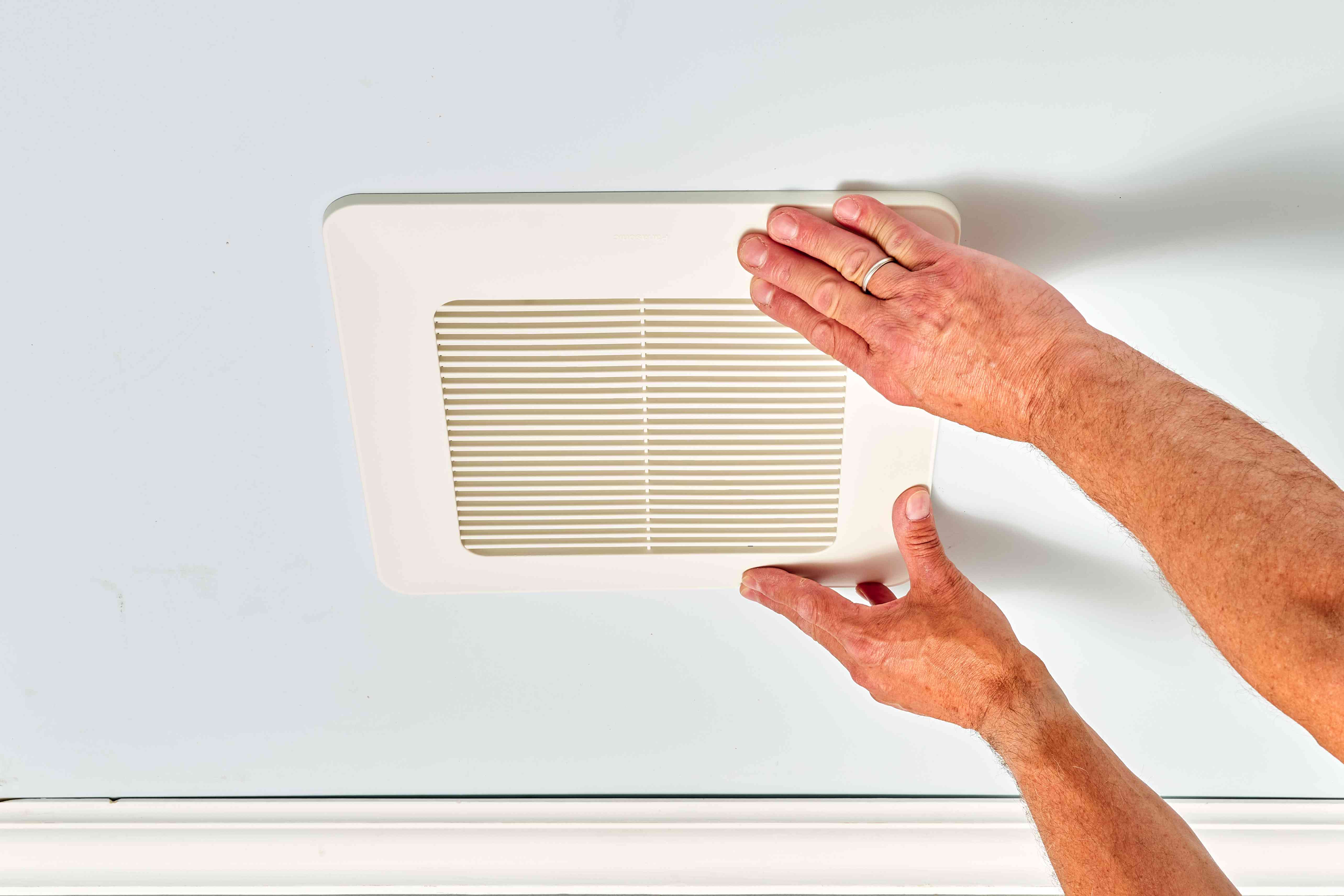
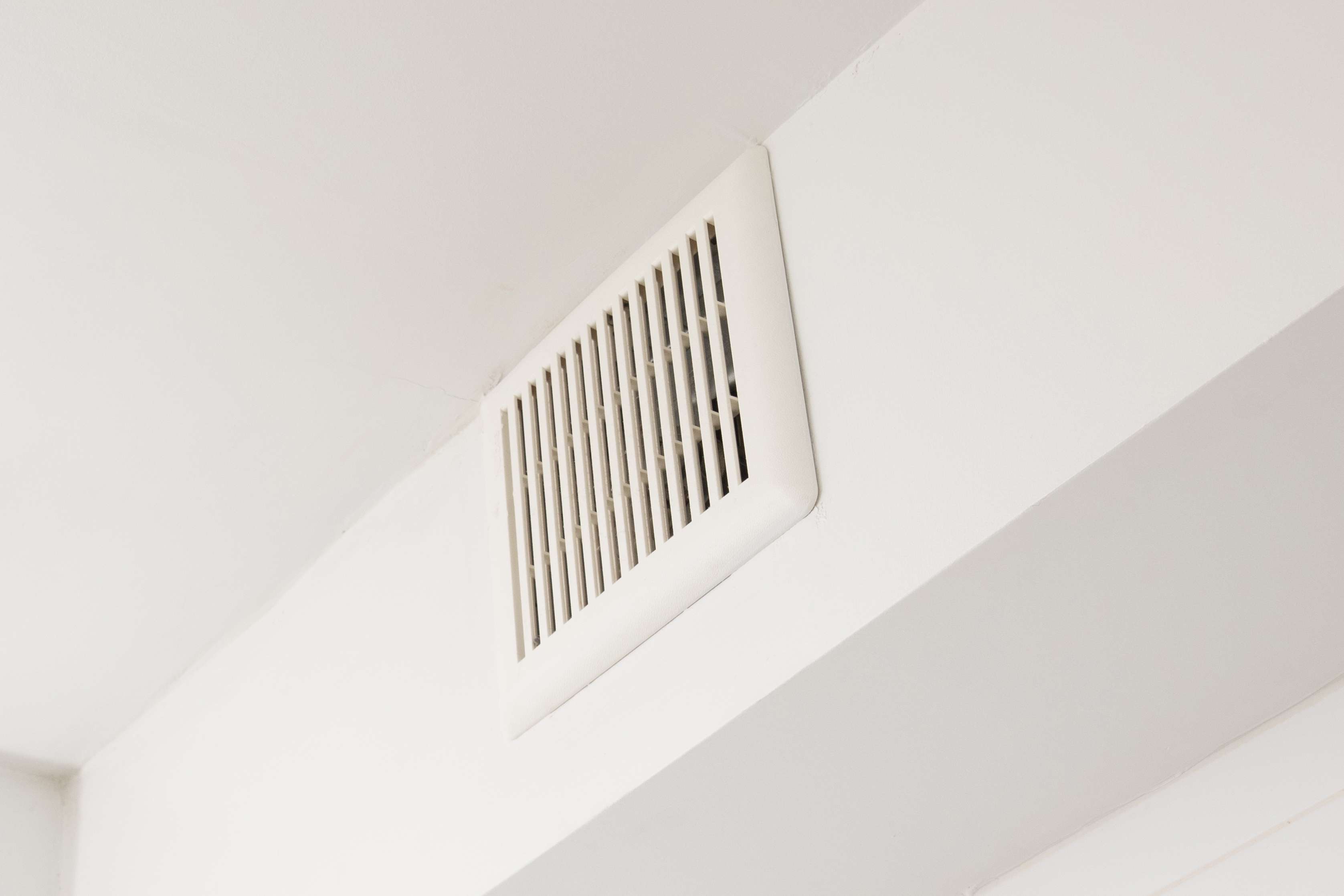
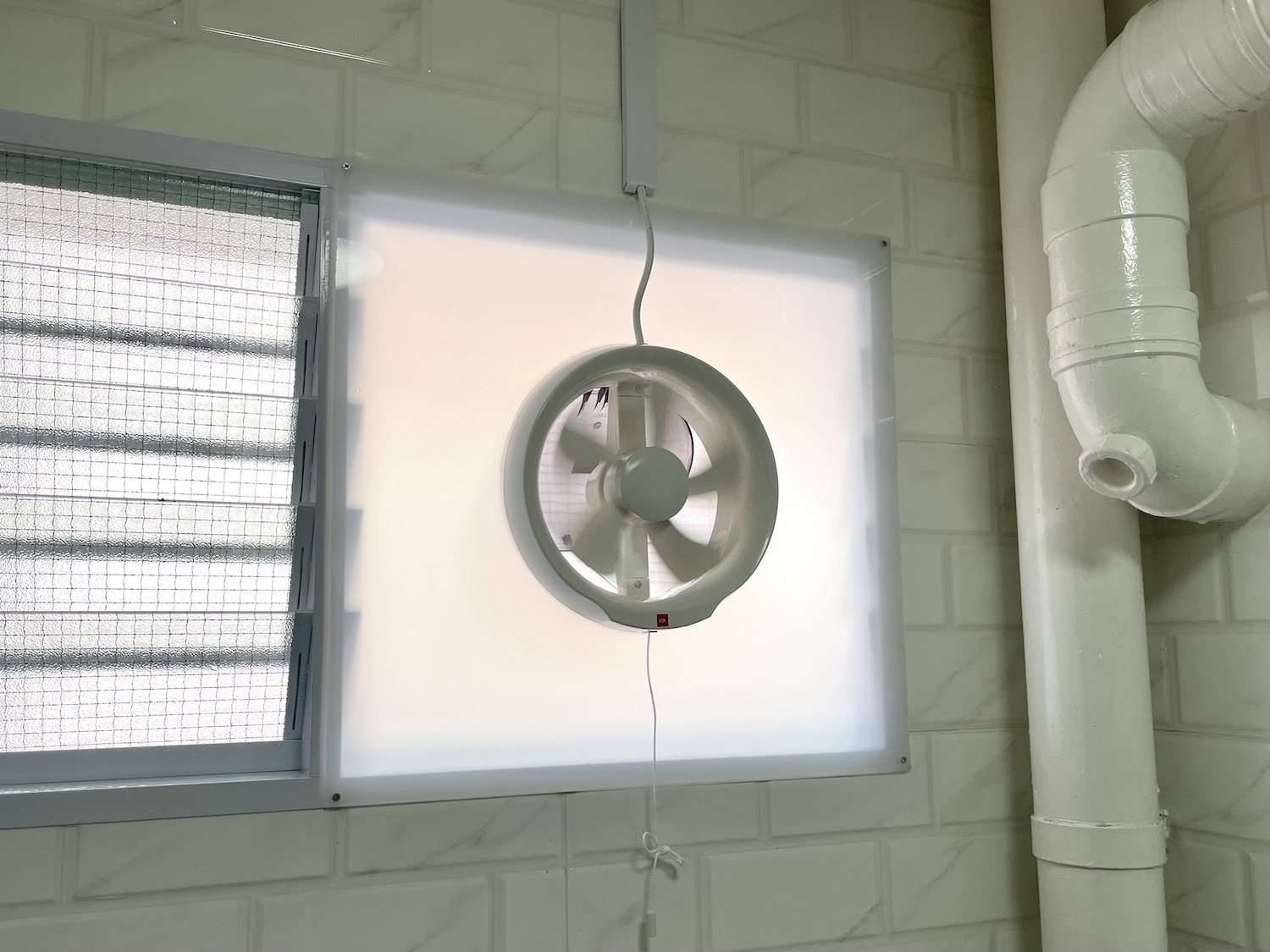
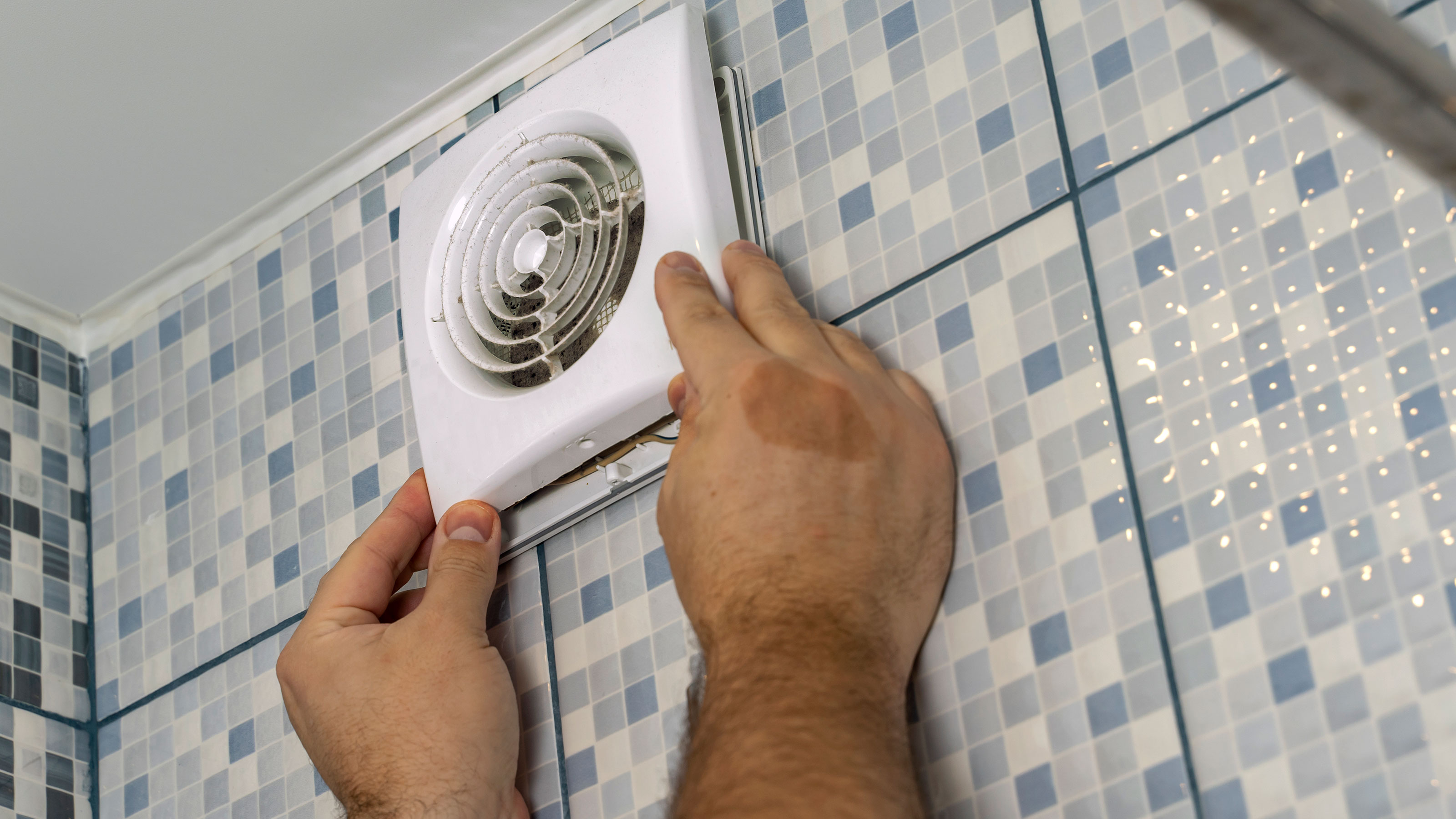
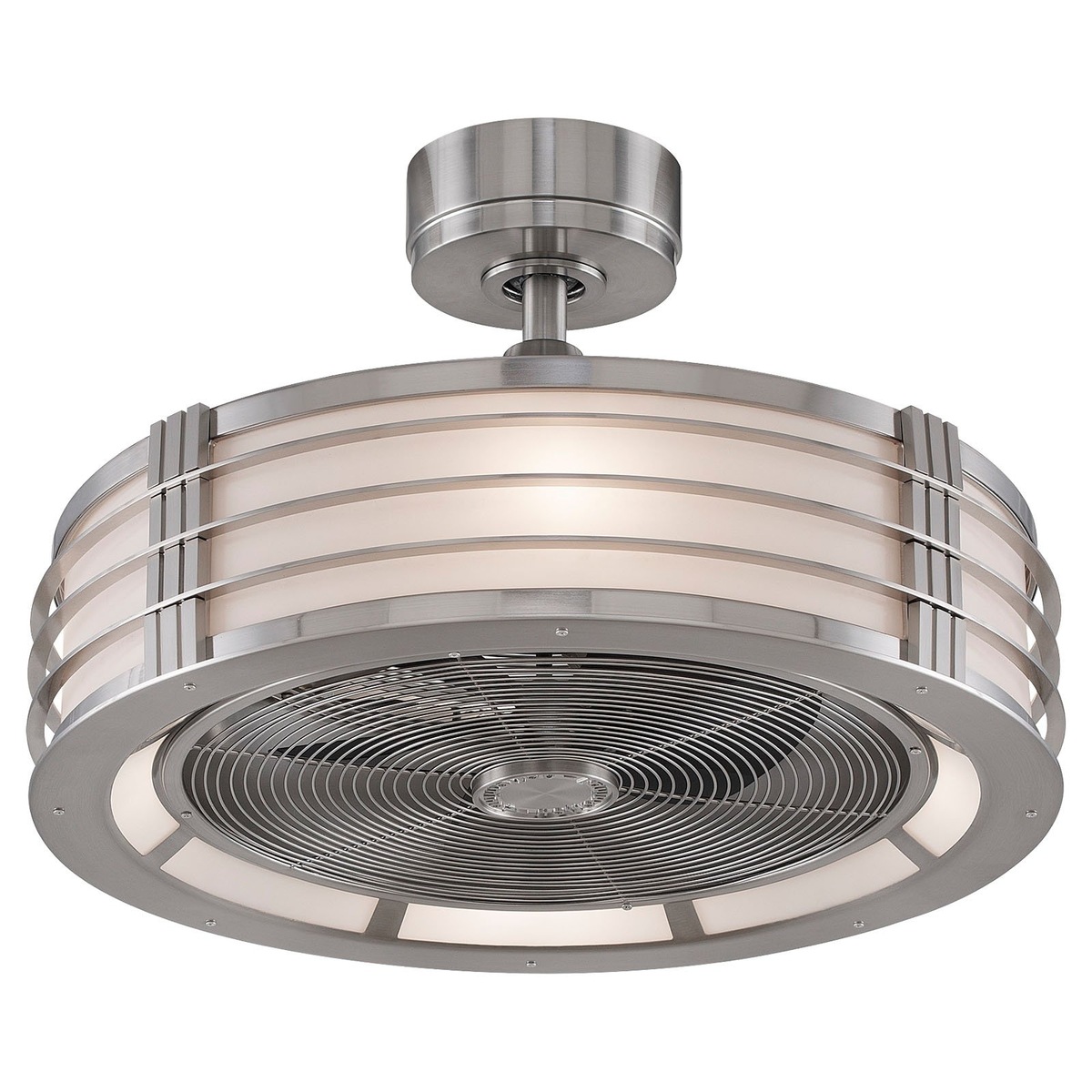
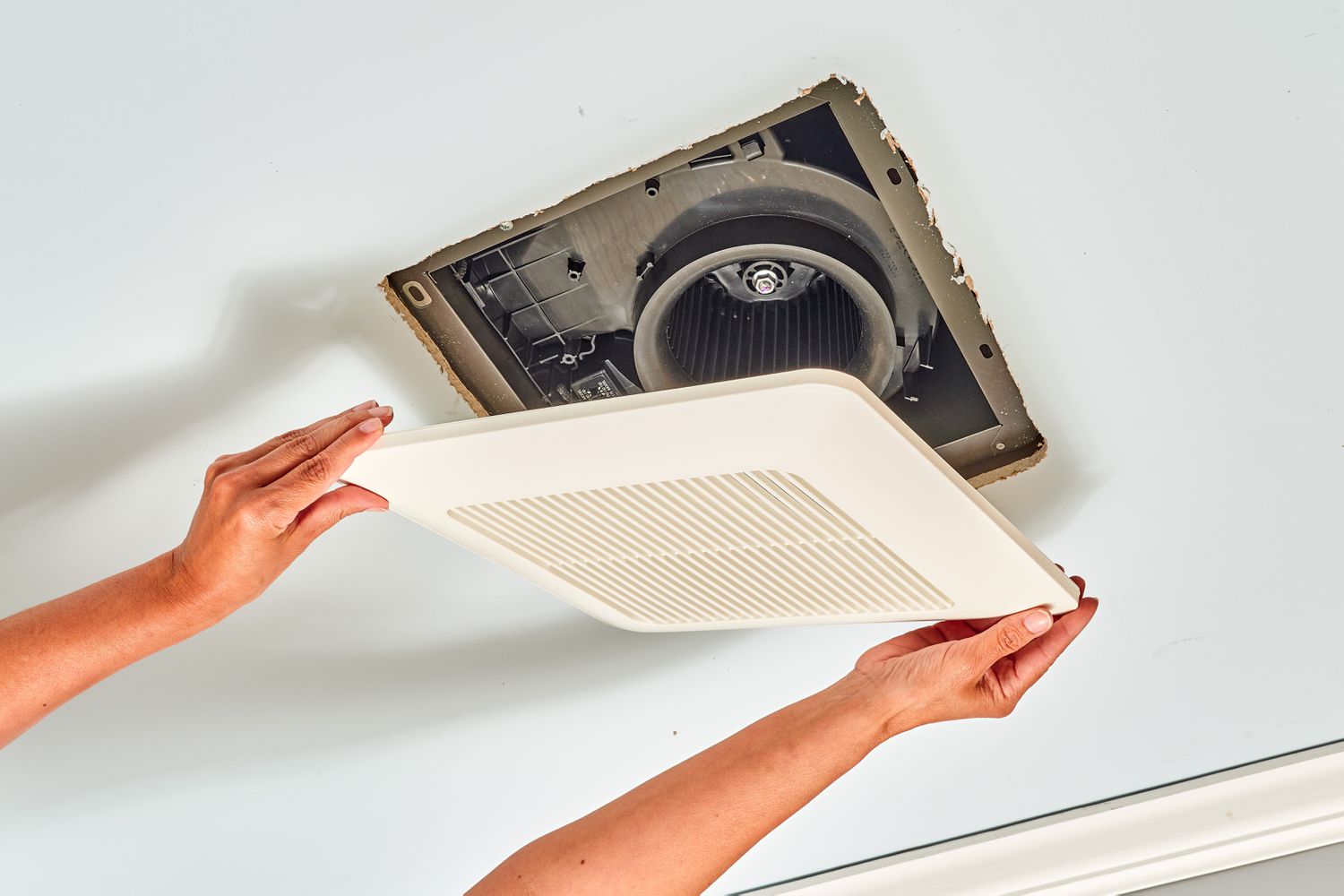
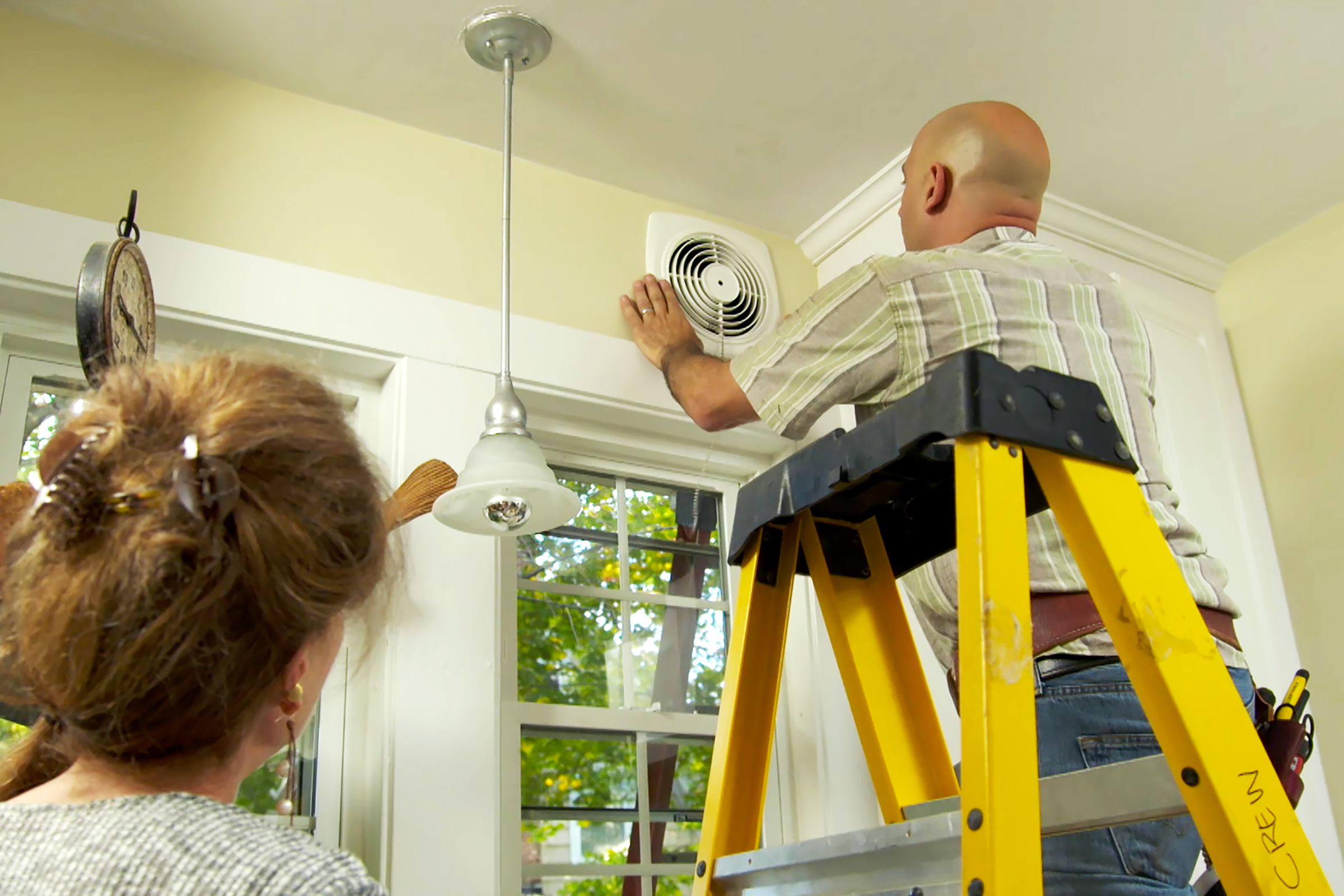
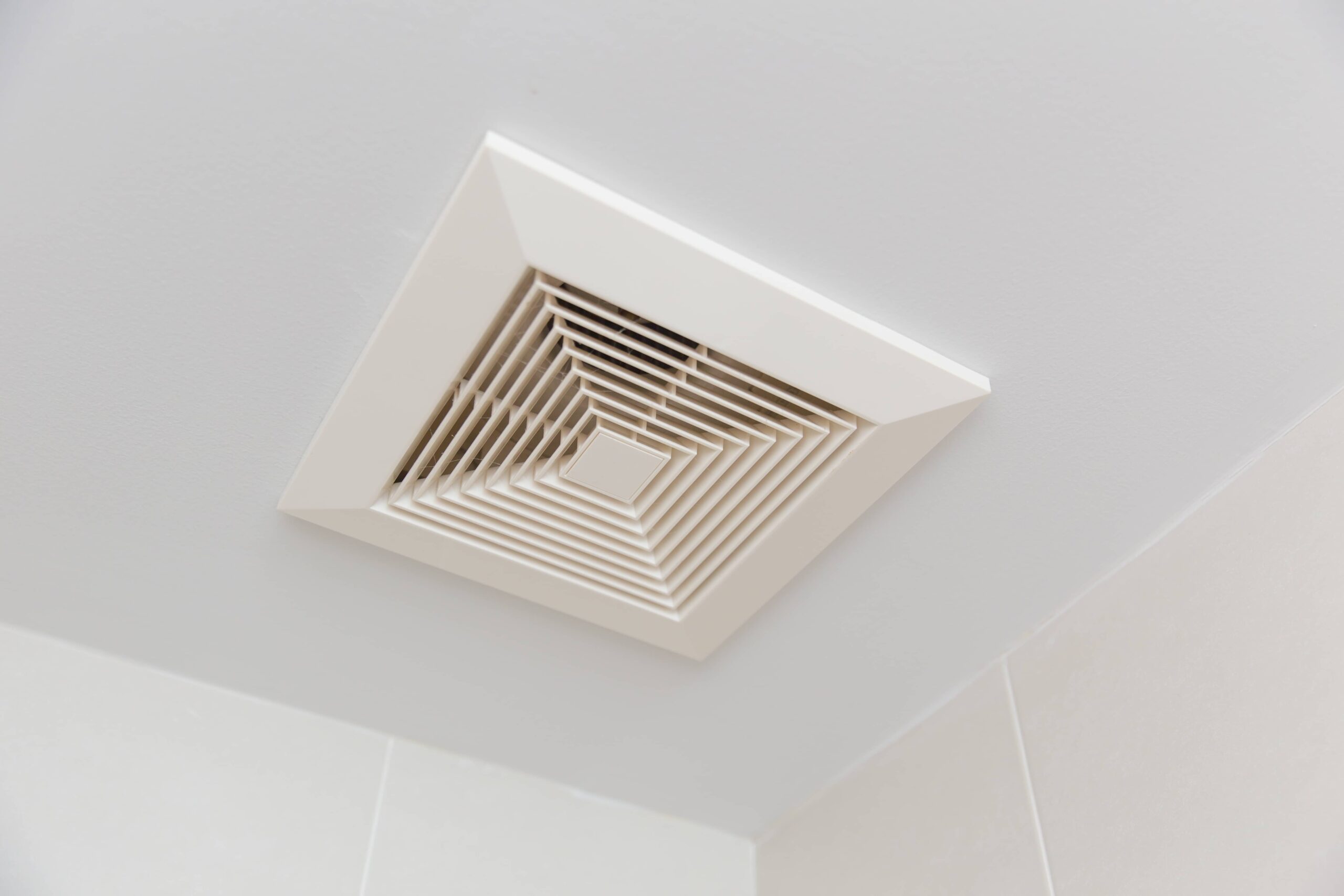
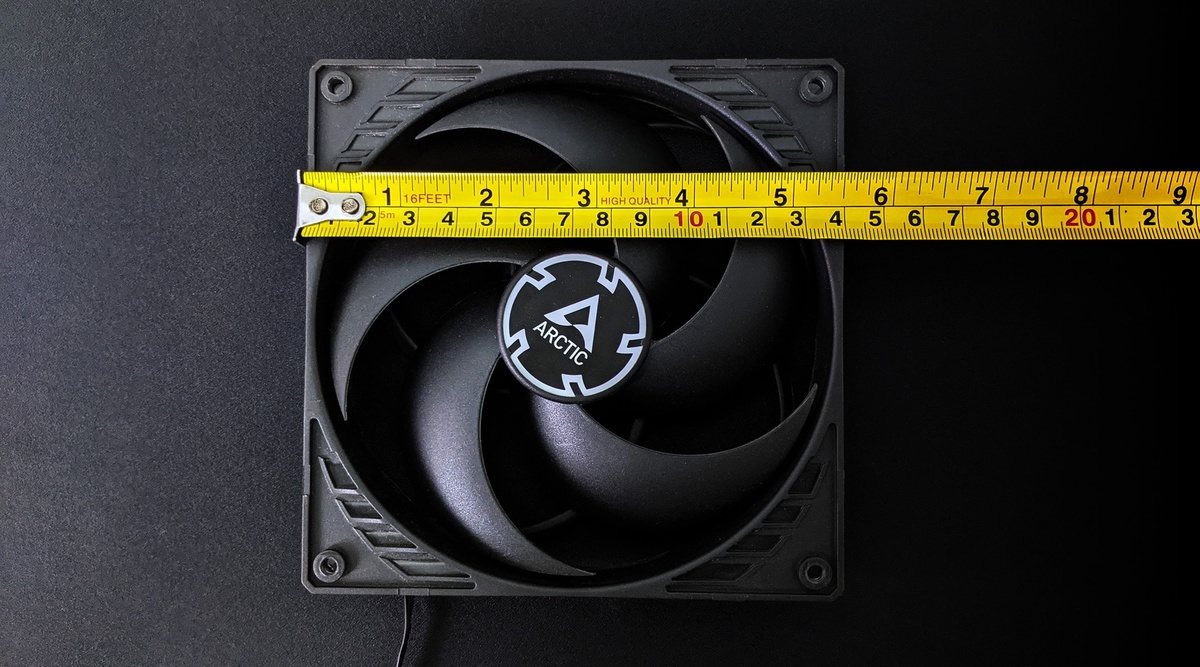
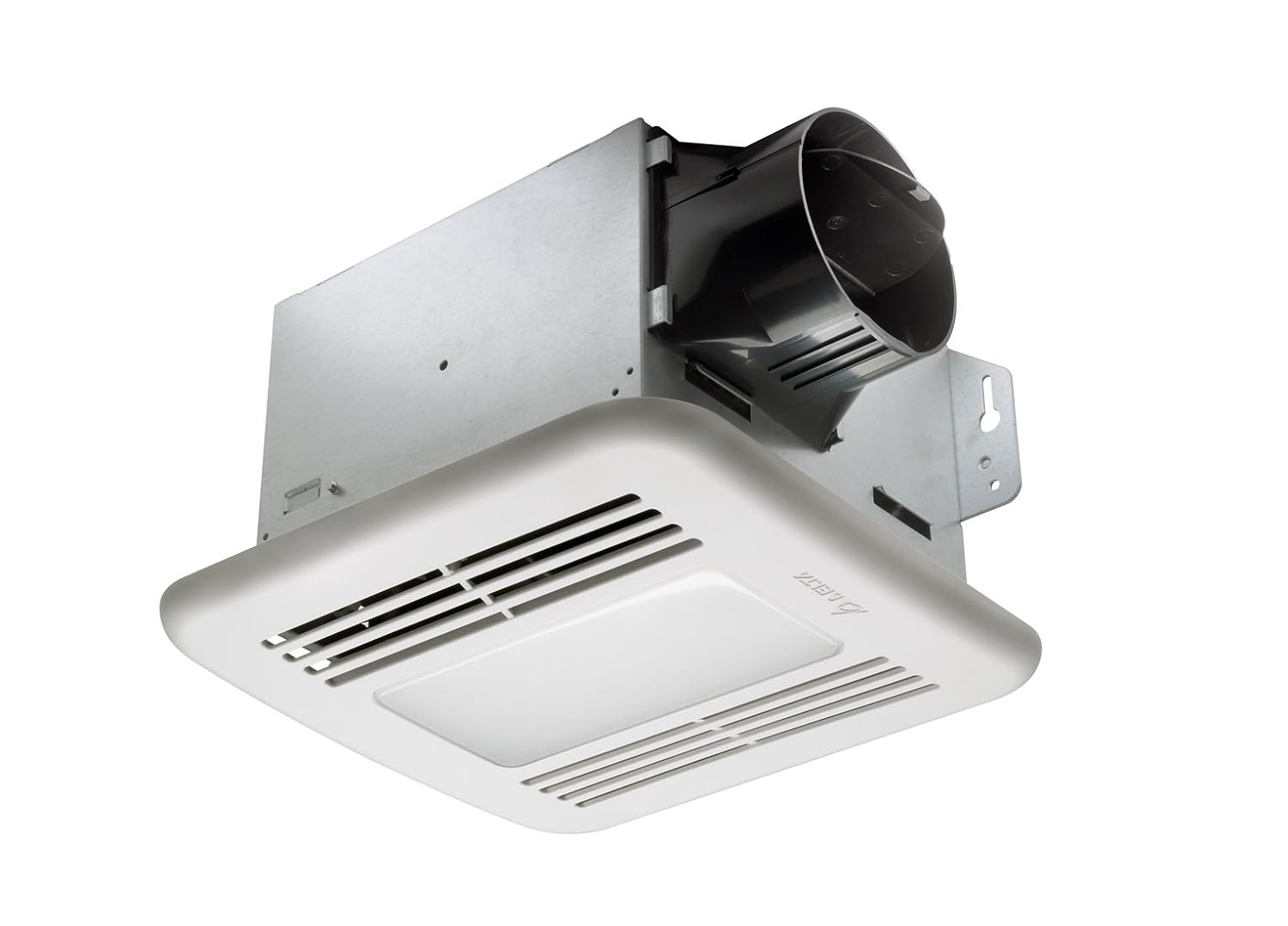
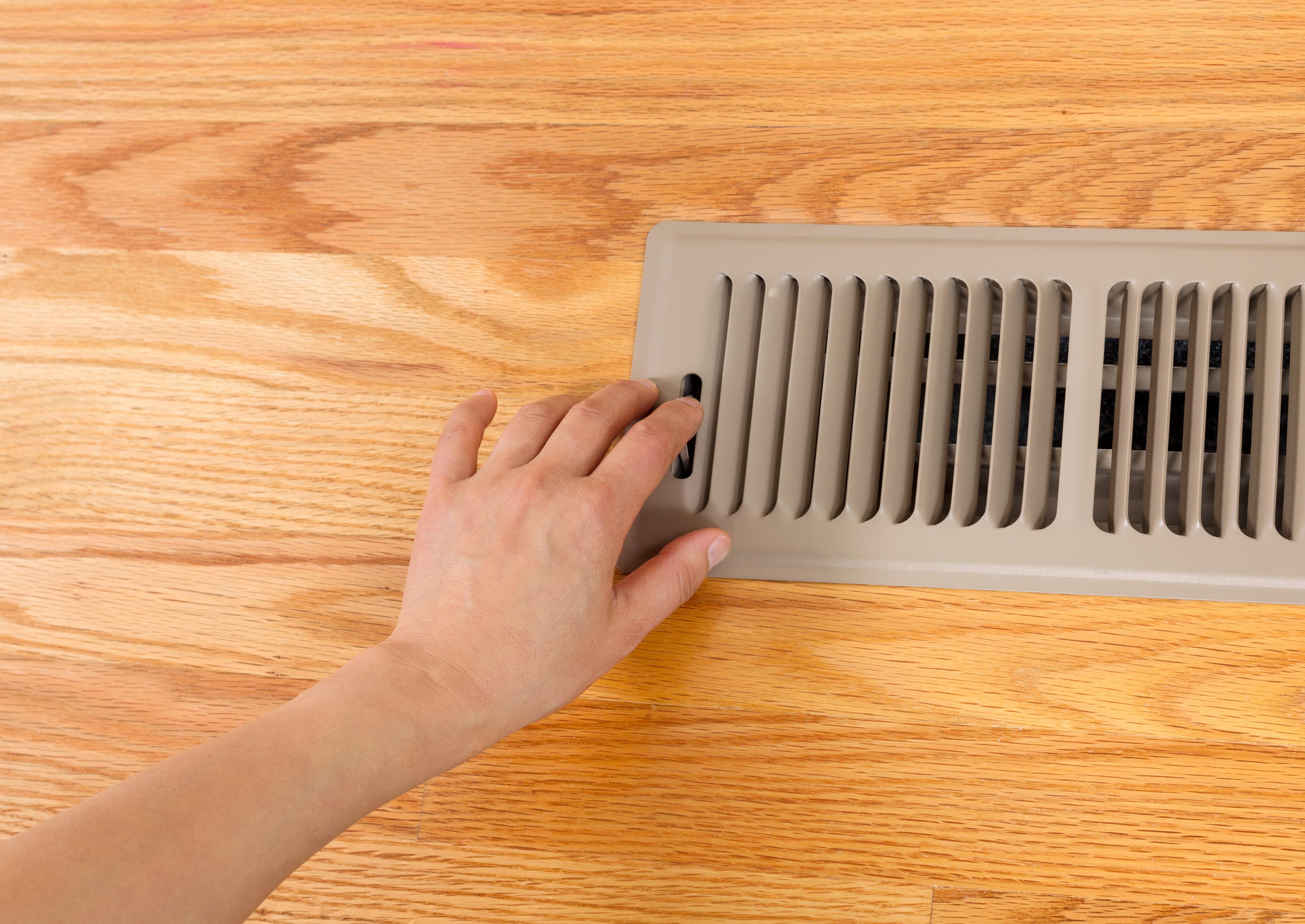
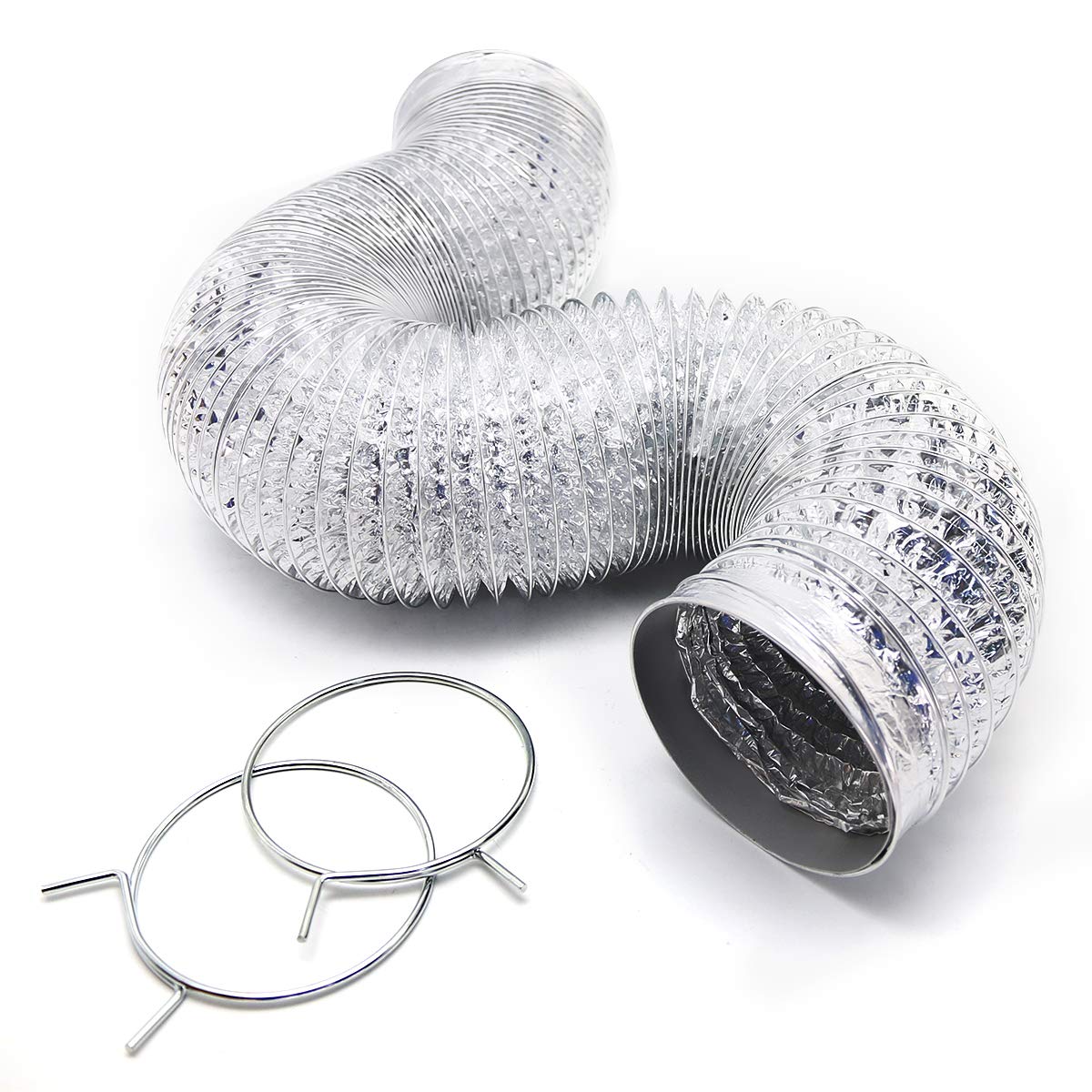
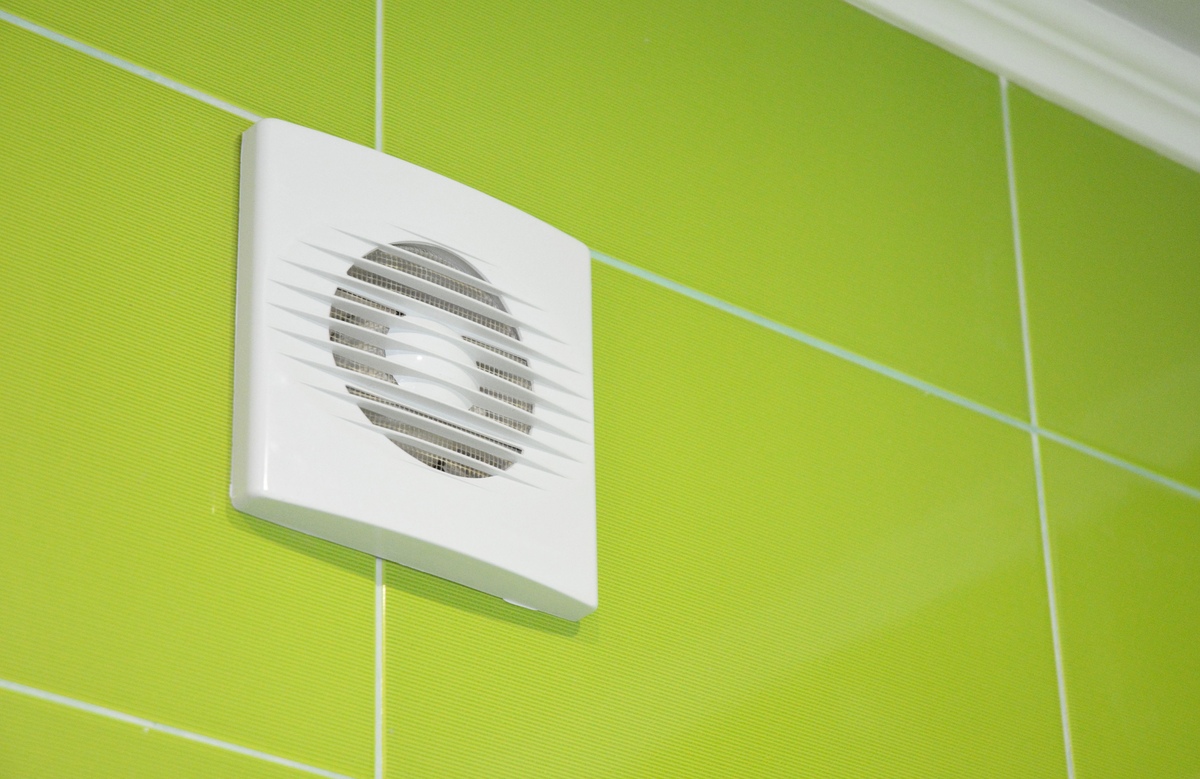

0 thoughts on “How Long Can A Bathroom Exhaust Fan Duct Be”